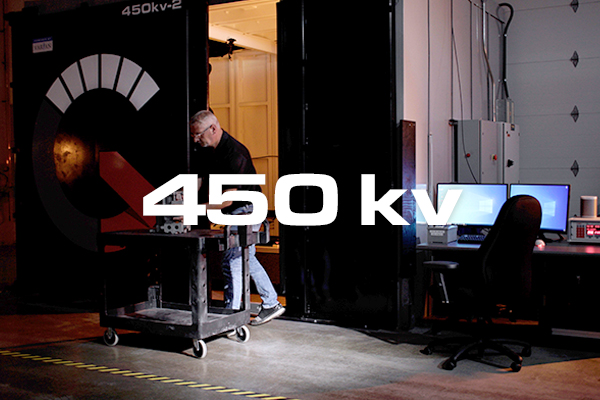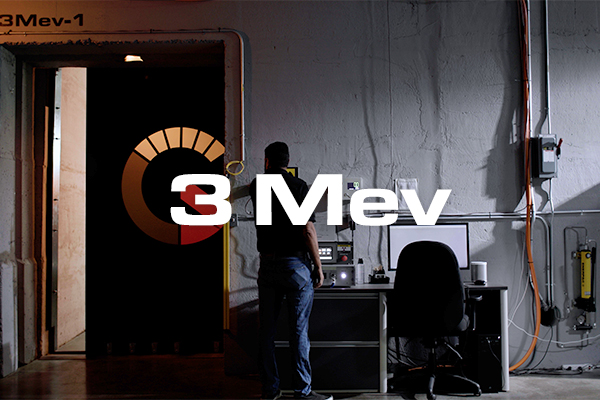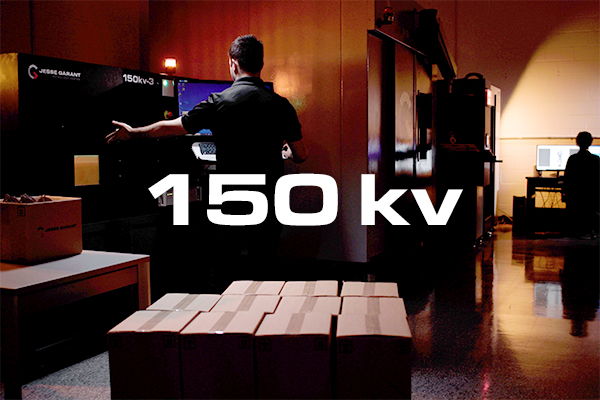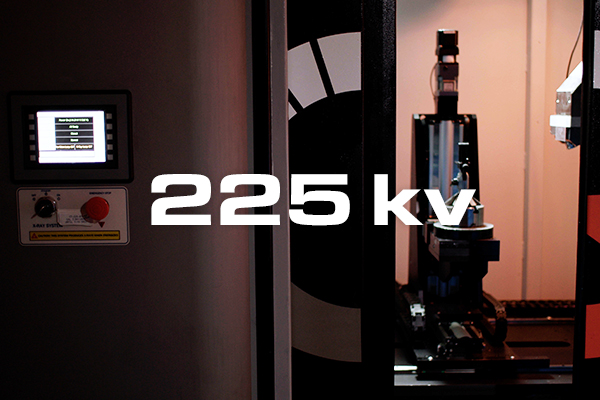Fiber Analysis - CT Scanning Services
Part Inspeciton Lab
We help companies internally inspect the directional composition of products using
our fiber analysis CT scanning services
FIBER ANALYSIS
Most of our clients identify fiber analysis and inspection with physical destruction or cutting of the product to identify fiber locations and weave patterns.
Our advanced (Computed Tomography) CT Scanning services which uses x-ray technology is able to aid manufacturers in providing a quantifiable NDT inspection process for idnetifying fibers in 3D within suspect parts.
Our fiber analysis lab produces high quality and accurate 2D / 3D X-Ray datasets of internal part features and material density changes. Data captured includes fiber direction and concentration, allowing clients to benefit from our non-biased results.




FIBER ANALYSIS
CT SCANNING SERVICES
After a part has been CT scanned, varying density materials within the part are identified by their own grayscale value. Grayscale values are then separated between the high density fibers and the base resin. Once separated, the fibers can be evaluated for; length, diameter, and most commonly percent direction.
PLANAR MESH MODE
Planar mesh mode is used for sheet-like structures with almost planar orientation distributions (e.g., most composites manufactured by compression molding), especially woven fabrics.
In this mode, the software can:
- Derive local planar histograms for each mesh cell.
- Evaluate main directions of the locals histograms and the deviation angles in cases where the orientation tensor does not provide meaningful information, which is useful for woven fabrics.
- Compute orientation tensors, fiber volume fraction, and matrix porosity.*
When compared back to the base resin, fibers can also be evaluated for a percent of fibers in a specified sample area. In order to achieve the best possible results specifically for fiber analysis, a smaller sample size or sample area will achieve the best possible results.
BENEFITS
- Results can identify the number of fibers in a given area quickly and accurately in 3D
- Results can identify if the location of fibers meet the intended design requirements
- Results can identify the directional percentage of fibers compared to the base fiber direction